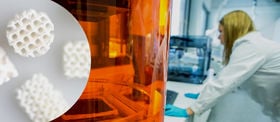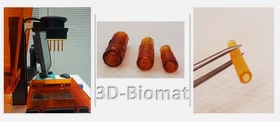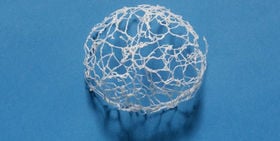Polymer Technology
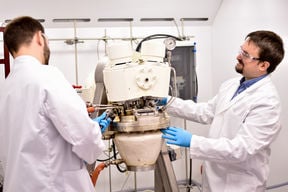
Our research areas:
-
Novel polymerization reactions and polymer reaction engineering
-
Polymer materials properties and structure property correlations
-
Sustainable biopolymers and materials for biomedical engineering

The main focus areas include synthesis and characterization of polymers and development of new materials utilizing polymerization techniques and composite technology. This requires a sound knowledge of chemistry, chemical engineering and material science. Particular fields of interest are polymerization reaction engineering and chemical modification of polymers.

We aim produce, utilize and modify optimized polymers. True studying and understanding the polymer materials properties and structure property correlations, we can develop material solutions that fulfill the needs for various tasks. Examples include the use of renewable raw materials, creating controlled biodegradability and synthesis of functional polymers for use in engineering plastics or biomedical applications. Furthermore, composites enable for instance the production of strong, conductive or bioactive materials.
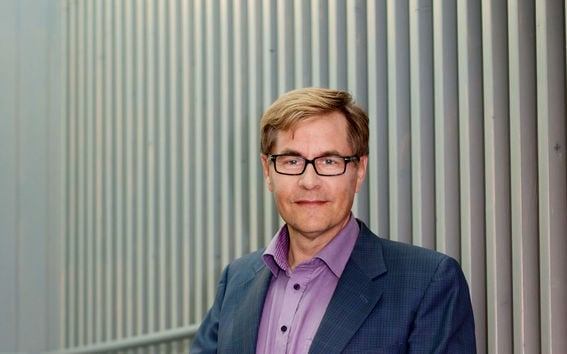
Jukka Seppälä, Head of the research groupWe develop polymers for a sustainable future and for the well-being of humans
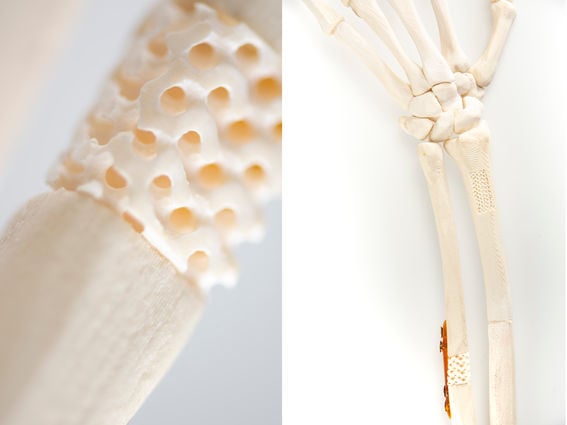
Current research topics include e.g.: novel biomaterials for 3D fabrication of biomedical applications as well as novel sustainable and super-strong biobased polymers based on interfacial chemical coupling in composites, i.e. compatibilization . International and national co-operation is active in an important role in the projects. Many projects also include co-operation with companies to develop novel industrial polymers with cutting-edge competitive properties.
Current research projects:
ValueBioMat, Strategic Research Council, 2019-2025
ValueBioMat is a project funded by the Strategic Research Council (SRC) at the Academy of Finland.
For more info visit: www.valuebiomat.fi
3D-Biomat, Academy of Finland BioFuture program, 2017-2020
The 3D-Biomat project focuses on three areas:
- Synthesis and development of polymeric biomaterials.
- Application of the developed materials using advanced 3D production technologies.
- Analysis of the value chain all the way to novel exploitation models in order to achieve a societal impact.
The project combines the in depth knowledge of three research groups from different fields in a complementary manner. Involved are Professor Jukka Seppäläs research group of Polymer technology, Professor Orlando Rojas BiCMat-research group and Professor Jouni Partanens Advanced Production Technologies research group.
Cra-Max-S, Business Finland, 2017-2020
Patient specific composite scaffolds for treatment of large craniomaxillofacial defects.
The aim of the Cra-Max-S project is to create new personalized treatments for healthcare and improve treatment results in large bone defects in the cranio-maxillofacial area by developing a functional workflow for producing custom made implants.
The Cra-Max-S project is research collaboration project combining in depth knowledge from:
- Research Group of Polymer Technology at Aalto University
- Advanced Production Technologies research group at Aalto University
- Department of Oral and Maxillofacial Diseases, University of Helsinki and Helsinki University Hospital
- Department of Biomaterials Science and Technology, University of Twente (The Netherlands).
Development of Anti-Viral Materials, Academy of Finland's COVID-19 special call
The aim of the project is to synthesize and develop polysaccharide materials and surface structures that have an anti-viral effect. This can improve the effectiveness of personal protective equipment such as masks and prevent the spread of viruses through contact to surfaces. Our team has previously published experimental studies showing that similarly modified nanocellulose has an anti-viral function.
Past projects:
http://cellulosefromfinland.fi/
A multi-disciplinary research collaboration project funded by Tekes, focused on finding new and innovative applications for cellulosic materials. The DWoC project combined design thinking and design-driven prototyping with a strong competence in technology development. The goal was to make Finland the source of value-added cellulosic products and business concepts and to accelerate the transformation of the current large-scale forest industry into a dynamic ecosystem for the bioeconomy containing both large and small-scale businesses. Major application areas included textiles, fashion, interior decoration, health products, architecture and construction.
www.artivasc.eu
The ArtiVasc 3D research project was funded under the European Community´s 7th Framework Programme and studied artificial vascularised scaffolds for 3D-tissue regeneration.
Professor Jukka Seppälä is head of a national joint Aalto University and VTT Bioeconomy Infrastructure. Aalto and VTT are also participating in the EU funded ERIFORE (European Research Infrastructure for Circular Forest Bioeconomy) project.
High-quality of the research is assured by a professional and efficient staff as well as first-class comprehensive research equipment.
Research group members:
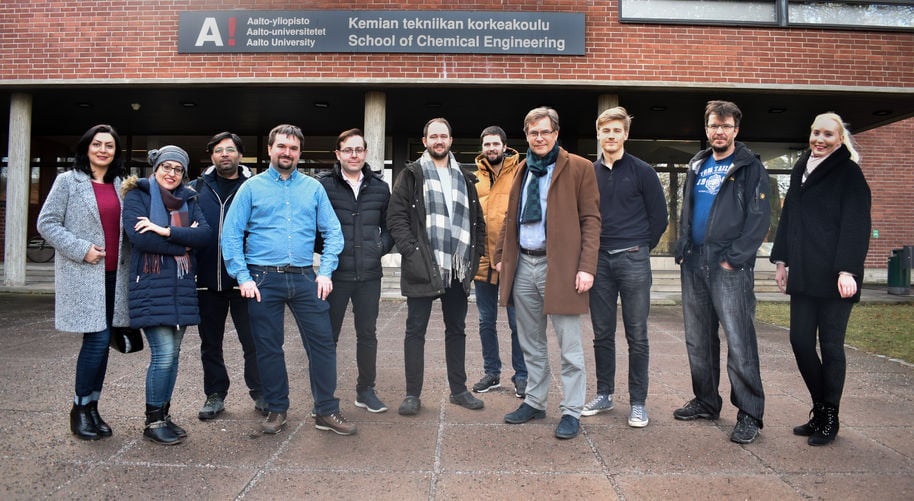
How to join the Team?
If you are interested in joining the PoTe team as Doctoral Candidate, Post Doctoral Researcher, Master Thesis worker or Summer Trainee contact Jukka Seppälä.
Open positions:
- no open positions at the moment
Related content:
Neste and Aalto University are working together to develop cleaner traffic
Research collaboration creates, for example, new types of transportation fuels with the help of bio-based materials.

Four corona-related projects received special funding from the Academy of Finland
The projects study the coronavirus, the pandemic and its effects on society. The total amount granted to the four Aalto projects is 730 000 euros.

Jukka Seppälä appointed Vice Dean for Research at the School of Chemical Engineering
The Vice Dean's term will begin on 1 April 2019.

Latest publications:
Development and characterization of polylactic acid/starch biocomposites – From melt blending to preliminary life cycle assessment
Innovations in hydrogel-based manufacturing: A comprehensive review of direct ink writing technique for biomedical applications
Environmentally friendly polyurethanes based on non-isocyanate synthesis
Lignin beyond the status quo: Recent and emerging composite applications
Direct ink writing of biocompatible chitosan/non-isocyanate polyurethane/cellulose nanofiber hydrogels for wound-healing applications
Injectable and printable nanocellulose-crosslinked quaternary chitosan blends for potential wound healing
Light-Driven Multidirectional Bending in Artificial Muscles
Fabrication of biocomposite materials with polycaprolactone and activated carbon extracted from agricultural waste
Elucidating the enduring transformations in cellulose-based carbon nanofibers through prolonged isothermal treatment
3D-printed cellulose nanocrystals and gelatin scaffolds with bioactive cues for regenerative medicine: Advancing biomedical applications
- Published:
- Updated:

